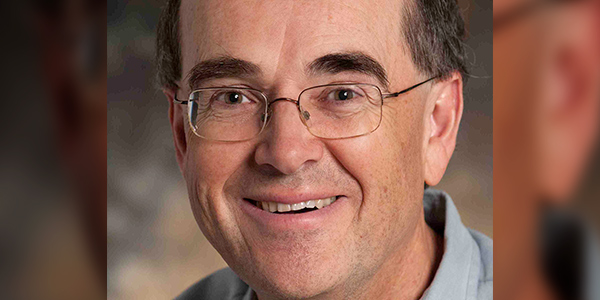The Paris Agreement on climate change set a goal to keep Earth from warming by more than 2 degrees Celsius by 2050.
But if global warming proceeds at its present pace, the world’s temperatures will likely grow 2.8 C by that date, according to a University of Washington study.
The Paris agreement target of cutting carbon emissions by 1% annually should be increased to 1.8%, said the study, published Feb. 9 in Communications Earth & Environment.
The projected 2.8-degree figure “is very discouraging,” said Adrian Raftery, a professor of statistics at the university, who tackled the study with then-doctoral candidate Peiran Liu.
The study concluded that 2100 would likely see a 2.1- to 3.9-degree increase with 2.8 degrees being the median. However, the median could decrease to 2.3 degrees, if nations meet their 2030 carbon-cutting goals. These conclusions are based on complex statistical models involving population growth, gross domestic product growth and carbon intensity, a measure of carbon dioxide produced per dollar of GDP.
The 2021 analysis builds on a 2017 study by Raftery that concluded Earth had only a 5% chance of meeting the 2 degrees-or-less target in 2100.
Raftery’s work for the U.N. Intergovernmental Panel on Climate Change led to the 2017 study, and that led to the question of what would be the likely temperature rise between now and 2100.
“Obviously, this is what inquiring minds want to know,” Raftery said.
The Paris Agreement included goals for individual nations with deadlines of 2025 to 2030. The study showed the U.S., Brazil, China, Australia and much of Europe being among the least likely to reach their targets in 2025 and 2030, while Russia is among the most likely. But Russia has promised to do very little under the accord, Raftery said.
Meanwhile, Raftery pointed to France — with high-speed trains and a high number of carbon-free nuclear plants — as a nation to pay close attention to regarding dealing with global warming.
The 2021 study noted that the world’s carbon intensity has decreased 2% annually since 1960. But that is offset by global GDP growth of 2% annually, which essentially leads to the two factors canceling each other out.
Work has begun on the next study: looking at the relationship between global warming and specific locations. For example, how big a role does the distance from the equator have on global warming impacts.
“Global warming doesn’t affect everywhere equally,” Raftery said. Further study would examine the relationship between carbon emissions and agriculture and health, he said.
Raftery would also like to see the nations in the Paris Agreement set annual goals for reducing carbon emissions, instead of aiming for targets such as 2030, 2050 and 2100. That’s because far-in-the-future goals “make it harder for people to focus on them,” Raftery said.



